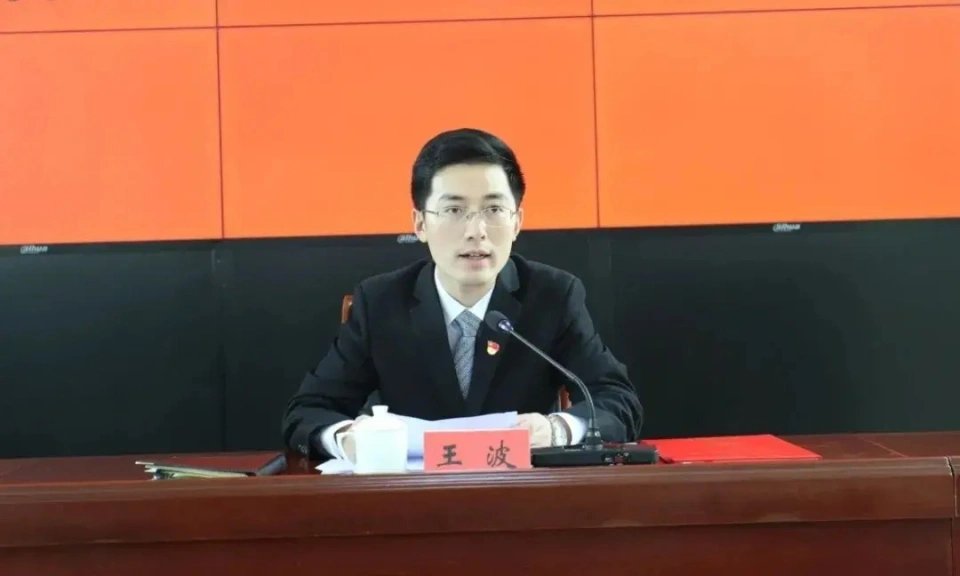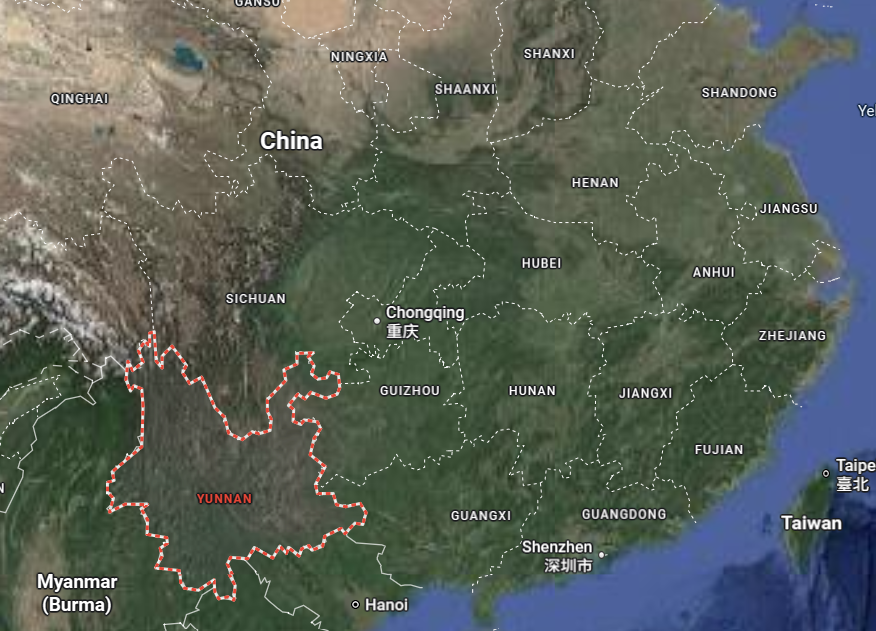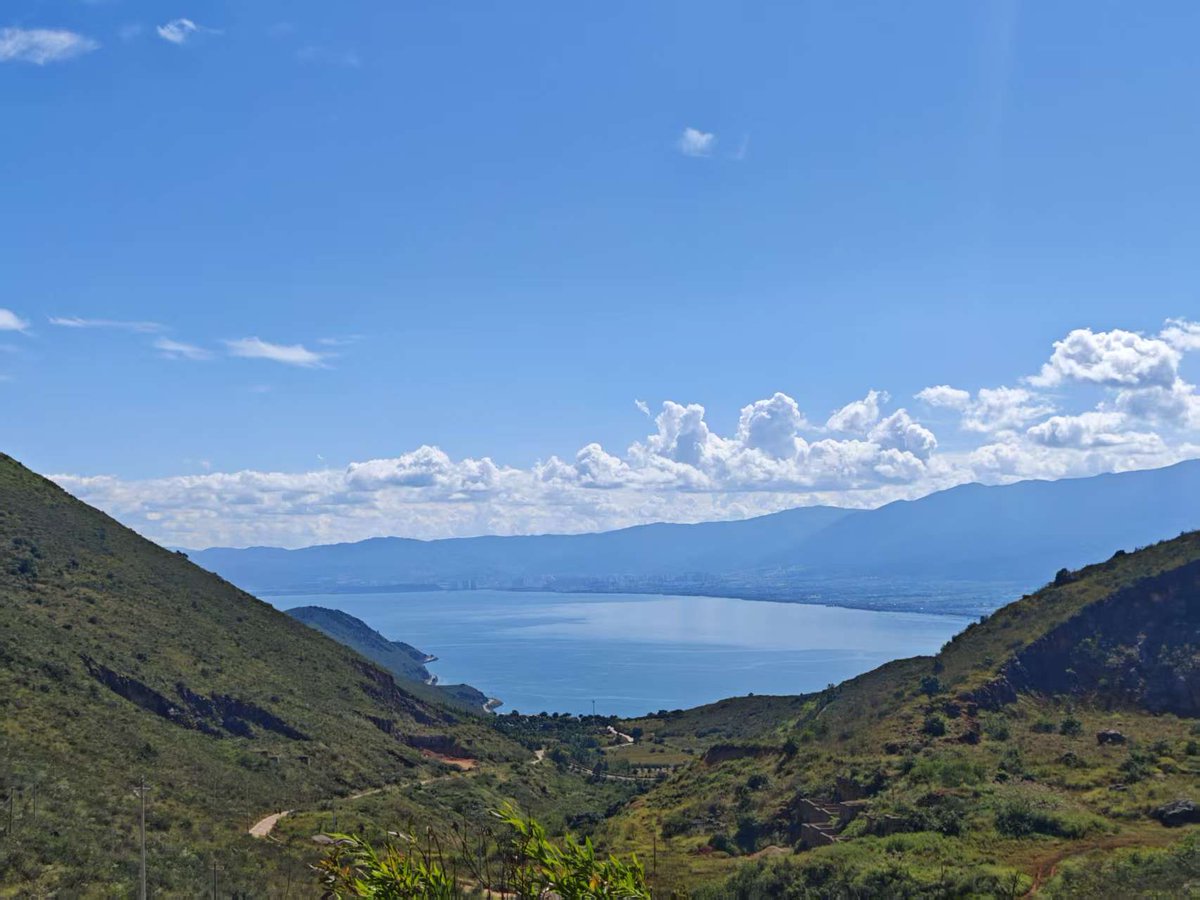Renovation of Two Chinese Hui Mosques in Yunnan and Sichuan: On-the-Ground Observations
Background: The last time I visited Dali was 2015. I rented an e-bike and went up Erhai Lake, taking pics and checking out small villages.
One of those was Meiba Village 美坝村
Background: The last time I visited Dali was 2015. I rented an e-bike and went up Erhai Lake, taking pics and checking out small villages.
One of those was Meiba Village 美坝村

I had stopped there because Ctrip informed me there was a minor tourist attraction in the village - the Meiba Mosque.
I was curious, because as far as I knew, Dali is a region of the Bai ethnicity, (白族) and the Bai people aren't Muslims. But this was clearly a Muslim village.
I was curious, because as far as I knew, Dali is a region of the Bai ethnicity, (白族) and the Bai people aren't Muslims. But this was clearly a Muslim village.

Turns out it was not Bai, but a Hui village, so there you go.
The mosque was small. The front building was white, matching the local Bai architecture, with gold and green highlights, some Islamic window styling, a green dome & symmetrical green-accented minarets.
(2015 pic)
The mosque was small. The front building was white, matching the local Bai architecture, with gold and green highlights, some Islamic window styling, a green dome & symmetrical green-accented minarets.
(2015 pic)

Stepping through that front building into the courtyard, the back prayer hall was a small rectangular building, looking like a Chinese temple with more green accents in the walls and doorway.
(2015 pic) (my goodness the weather was nice that day)
(2015 pic) (my goodness the weather was nice that day)

Unfortunately I had no idea in 2015 I'd write about it in 2023. I didn't even use Twitter then...
Over the years, I have cleaned my camera roll for space, so I only have these few pics of Meiba village left, including this last shot of one of the minarets.
(2015 pic)
Over the years, I have cleaned my camera roll for space, so I only have these few pics of Meiba village left, including this last shot of one of the minarets.
(2015 pic)

On Sohu, I found a travel blog of someone who had also visited the village in 2015, and had some additional pictures of Meiba, its mosque, and the prayer room - and interviewed people too.
Mosque in background of first picture.
sohu.com/a/31891516_115…



Mosque in background of first picture.
sohu.com/a/31891516_115…




Anyway. Over last few years, with so much discussion about how Chinese gov't was targeting foreign-styled mosques for renovations, I've thought about the Meiba Mosque, with its dome and minarets...
I saw in 2020 it was removed from Ctrip, and was also no longer on Baidu Maps
I saw in 2020 it was removed from Ctrip, and was also no longer on Baidu Maps
And then in 2020, the travel site Yunnan Explorer posted a pic of the Meiba Mosque seemingly amidst renovations...the dome was already gone and the minarets were being taken down too.
(This pic of the front building was taken from the courtyard with back against prayer hall)
(This pic of the front building was taken from the courtyard with back against prayer hall)

Fast-forward to 2023.
Last week while in Dali, I noticed the Meiba Village Mosque was now back on Baidu Maps!
So we decided to visit and see what it's like now.
As expected, the dome & minarets have now been replaced by pagoda-like structures and the Islamic styling is GONE.
Last week while in Dali, I noticed the Meiba Village Mosque was now back on Baidu Maps!
So we decided to visit and see what it's like now.
As expected, the dome & minarets have now been replaced by pagoda-like structures and the Islamic styling is GONE.

Passing through the entrance into the courtyard, the back prayer hall has been completely leveled and rebuilt as a much larger, two-story structure based on Chinese temple elements.
This looked very new - completed in the last six months perhaps.
This looked very new - completed in the last six months perhaps.

When we went, there were children running around the village and playing in the mosque courtyard. The boys all wore little taquiyah.
Some of the nicer houses had fancy entrance archways with Arabic (?) over the doorways. Otherwise it looked like the other Bai villages.
Some of the nicer houses had fancy entrance archways with Arabic (?) over the doorways. Otherwise it looked like the other Bai villages.

In the courtyard entrance was a list of villagers and how much they had donated for zakat (it was Ramadan at the time). 200-300 CNY seemed the norm.
Notice nearly everyone is surnamed Ma 马, the dominant Hui surname.
Notice nearly everyone is surnamed Ma 马, the dominant Hui surname.

Besides the renovated exteriors, and the new, large prayer room, there were several HUGE new houses and the roads were all paved vs. last time. And very clean.
It was late afternoon and there were only a few children around, no one to ask questions, so we just got pics and left.
It was late afternoon and there were only a few children around, no one to ask questions, so we just got pics and left.

Next: Weizhou Town, Wenchuan County, Sichuan
I found myself in Weizhou by accident...because I missed an exit on the highway.
Believe me, you do NOT want to miss an exit in Western Sichuan...the next exit was 30+ km!
Since I had come all this way, I decide to explore a bit...
I found myself in Weizhou by accident...because I missed an exit on the highway.
Believe me, you do NOT want to miss an exit in Western Sichuan...the next exit was 30+ km!
Since I had come all this way, I decide to explore a bit...

There's not much in Weizhou Town - I visited a museum and a few parks and in 30 mins I'd just about seen the whole place.
On my way out, I saw the local mosque on Baidu. The street view pic was from 2016, and it had green domes, so I expected it would have some changes too.
On my way out, I saw the local mosque on Baidu. The street view pic was from 2016, and it had green domes, so I expected it would have some changes too.

Sure enough, when I arrived, I found the entire roof had been changed, with the domes replaced with pagodas and the green + gold aesthetic swapped for a modern Chinese color palette.
I had to check the old pics several times to ensure I was aligning correctly.
2016 | 2023



I had to check the old pics several times to ensure I was aligning correctly.
2016 | 2023




I stopped to grab a bite at the halal restaurant on the street in front of the building and ask the ladies there some questions.
"Hey is this a mosque? Baidu says it's a mosque, but it doesn't look like one"
"Yes, this is the Weizhou Mosque"
"Oh good, I couldn't tell at first"
"Hey is this a mosque? Baidu says it's a mosque, but it doesn't look like one"
"Yes, this is the Weizhou Mosque"
"Oh good, I couldn't tell at first"

"What happened to the building? It looks very different from the pictures on Baidu"
"Oh, the government renovated the mosque"
"When?"
"Last few years"
"Why?"
"I don't know. They said it needs to look more Chinese. They spent a lot of money on the renovation...2-3 million RMB"
"Oh, the government renovated the mosque"
"When?"
"Last few years"
"Why?"
"I don't know. They said it needs to look more Chinese. They spent a lot of money on the renovation...2-3 million RMB"

"Oh...are there many Hui in Wenchuan? I suppose not many?"
"No, not many. Very few. Less than a thousand I guess"
(Wenchuan County is part of Aba Prefecture, a Tibetan and Qiang Autonomous Region in Western Sichuan; Weizhou is the county seat. Most people here are Qiang 羌族)
"No, not many. Very few. Less than a thousand I guess"
(Wenchuan County is part of Aba Prefecture, a Tibetan and Qiang Autonomous Region in Western Sichuan; Weizhou is the county seat. Most people here are Qiang 羌族)
"After renovations, it's still used as a mosque?"
"Yes. Hui people pray here, and have activities. It's Ramadan now."
"When the government did the renovations, did they change anything inside?"
"Oh, no, it's all the same as before."
(I saw a Ramadan fast schedule):
"Yes. Hui people pray here, and have activities. It's Ramadan now."
"When the government did the renovations, did they change anything inside?"
"Oh, no, it's all the same as before."
(I saw a Ramadan fast schedule):

She gestures to a passage on the side of the kitchen. "That leads into the mosque. You can go look inside if you're interested".
I venture tentatively down the hallway, emerging in a tidy courtyard in front of a large building. There's a bucket of potatoes and some grain drying.
I venture tentatively down the hallway, emerging in a tidy courtyard in front of a large building. There's a bucket of potatoes and some grain drying.

On a blackboard on the side of the building, I find a tally of the 2023 Ramadan contributions for zakat, just like in Meiba. It's a much smaller congregation here though.
There's also a signup sheet for who will lead to break the fast each week (I think?) (请开斋名单)
There's also a signup sheet for who will lead to break the fast each week (I think?) (请开斋名单)

The prayer room is on the second floor. A small sign outside indicates the salah times for the 5 daily prayers.
The interior decoration is old and perhaps a bit worn, but very clean and dust-free. No one else is around.


The interior decoration is old and perhaps a bit worn, but very clean and dust-free. No one else is around.



I go back outside to eat and find the ladies preparing their own lunch.
"Hey" I say, "Isn't it Ramadan? Can you eat now?"
"Oh, we're not Hui" she says. "We just work here. We don't fast".
"Oh...Is the owner Hui?"
"Yeah"
"Where is he?
"He's busy. He has a lot of businesses."
"Hey" I say, "Isn't it Ramadan? Can you eat now?"
"Oh, we're not Hui" she says. "We just work here. We don't fast".
"Oh...Is the owner Hui?"
"Yeah"
"Where is he?
"He's busy. He has a lot of businesses."
On my 30+ km highway drive back to my original destination, I reflected on the two mosques.
I really regretted in both cases that I didn't get to speak directly to any Hui people in those communities to find our how they feel.
But anyway, here's how I sum up my thoughts now:
I really regretted in both cases that I didn't get to speak directly to any Hui people in those communities to find our how they feel.
But anyway, here's how I sum up my thoughts now:
1. The Chinese rationale for the removal of domes and minarets of mosques in China has been public for a few years now; the stated objective of making the visual of the mosques conform to Chinese (and not foreign) architectural styles is clearly met by these renovations.
It's been noted that mosques with more Sinitic or styling seem less likely to be affected. For example, here's the Dujiangyan city mosque, constructed in 1934, with its green tiered pagodas, crescent moon and star, unchanged. My photo + file photo from chinaislam.net.cn 



2. At least in the two sites I visited, I couldn't see any evidence that the usage of the mosque had been impacted (or that anything besides the outward appearance had been changed).
They are clearly still places of prayer, congregation, and community for practicing Hui.
They are clearly still places of prayer, congregation, and community for practicing Hui.
I note while researching for this thread that the necessity of domes and minarets for a mosque to be a mosque is a hotly-contested topic in the rest of the Islamic world.
This is also how I found out minarets are banned in Switzerland.
en.wikipedia.org/wiki/2009_Swis…
This is also how I found out minarets are banned in Switzerland.
en.wikipedia.org/wiki/2009_Swis…

3. From a PERSONAL TASTE perspective, I think the Meiba renovation looks poorly proportioned and kinda ugly.
The Weizhou renovation doesn't look bad, but also you can't even tell it's a mosque anymore.
IMO, the Dujiangyan mosque's fusion aesthetic is a good blend of styles:
The Weizhou renovation doesn't look bad, but also you can't even tell it's a mosque anymore.
IMO, the Dujiangyan mosque's fusion aesthetic is a good blend of styles:

4. I don't fool myself thinking that I discovered anything with my little field trip that will change anyone's mind.
Those that think it's a Bad Thing will keep thinking it, and those that think it's Totally Fine will do the same. They'll both see confirmation here I'd expect.
Those that think it's a Bad Thing will keep thinking it, and those that think it's Totally Fine will do the same. They'll both see confirmation here I'd expect.
5. You shouldn't care what I think. I'm not a Hui Muslim in China, this doesn't impact me, (I'm an atheist) and I'm not interested in speaking for them when I don't know how they feel.
I have guesses, but without having interviewed any Hui people, my guesses are worth a fart.
I have guesses, but without having interviewed any Hui people, my guesses are worth a fart.
6. But as you try to figure out how you feel, I encourage you to look critically at people who aren't Hui Muslims in China, but whom for whatever reason ARE in the business of speaking for them, trying to tell you how you should feel.
Lord knows we have an abundance of them.
Lord knows we have an abundance of them.
That's all for this thread. Thanks for reading to the end. Hope it was...something. Informative? Mildly interesting?
P.S. It's a sensitive topic, and I appreciate people have strong opinions, but if I see you behaving like a turd in my mentions, I'll just block ya.
- End
P.S. It's a sensitive topic, and I appreciate people have strong opinions, but if I see you behaving like a turd in my mentions, I'll just block ya.
- End
• • •
Missing some Tweet in this thread? You can try to
force a refresh














